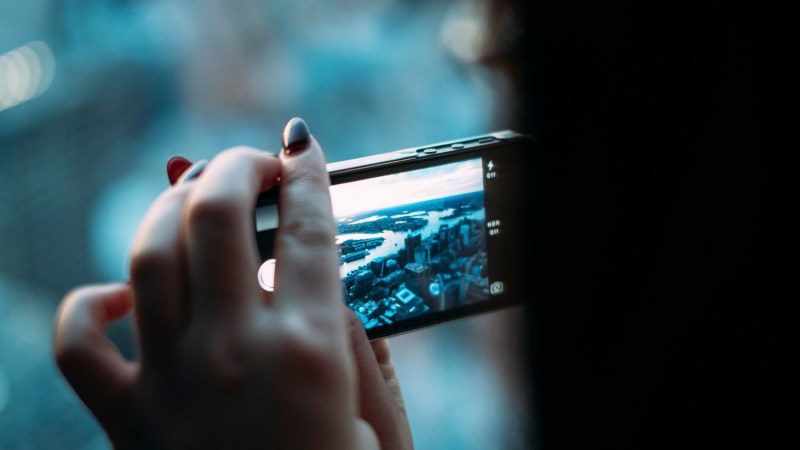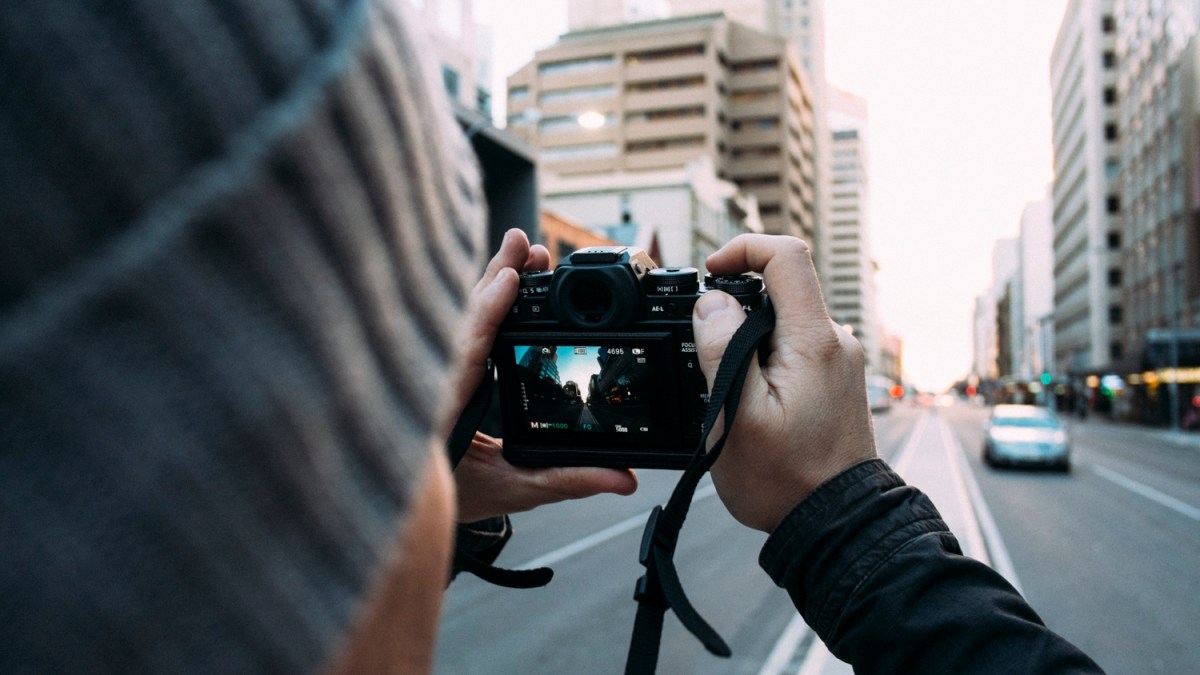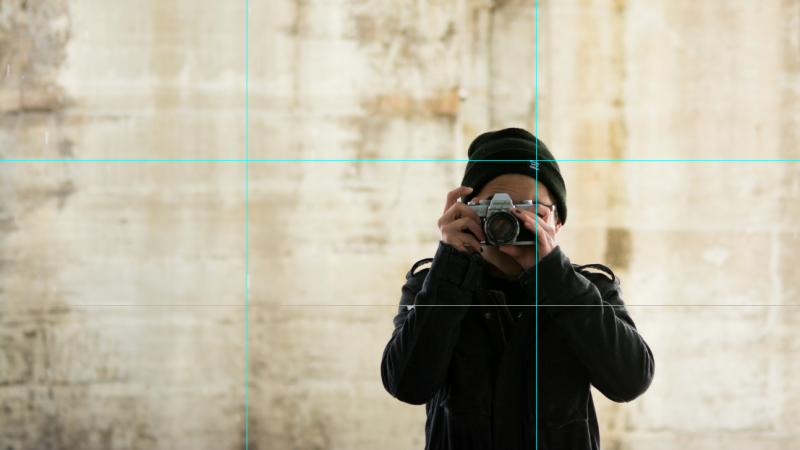Thanks to advances in digital technology, it’s now possible for anyone with a reasonably decent camera to capture stunning photos. Today’s best camera sensors guarantee a jaw-dropping level of detail and richness. It’s tempting to chase every new and improved technology in a fruitless effort to buy your way to being a better photographer, but you still need an appreciation for the fundamentals of what makes a great photo. To shoot like a professional photographer, you need to think like a professional photographer. Here’s how.
Your Camera Is a Tool, Not a Crutch
Many of today’s photographers have an unhealthy obsession with gear. Let’s be honest: All this expensive new tech helps. In fact, you can probably buy your way into being a decent photographer. But, without proper technique and an appreciation for great photography, it’s difficult to rise to the level of a great photographer. Skill will always trump gear — even the best gear. A photographer with only decent skills and a four-year-old iPhone can outshoot an unskilled amateur with $7,000 in state-of-the-art equipment every time. The key is to appreciate your camera’s capabilities as a set of tools, rather than as a crutch.

Photography Is All About Light
Some of the most famous photographs in history were shot in black and white. By stripping his work of color, Ansel Adams distilled the landscapes in his shots down to the pure drama between light and dark. Photography is light. For outdoor landscape shots, shooting during the golden hour is a great rule of thumb. However, learning to shoot outside of those two short hours each day can propel your photography skills much further.

Leave your flash at home, for example, and focus on ways to ensure your photos are naturally lit. For food photography, this can mean always asking for a window seat at the restaurant. Avoid sitting under artificial — especially fluorescent — lights. Don’t be afraid to keep some white cardstock in your bag to reflect light around your food photos, even while you’re in public.
When the light is less than ideal, don’t force it to cooperate. Play to the strengths of the scene around you. On rainy days, for example, when the colors outside seem faded and drab, lean into that color shift to stylize your shots. Allow them to be extra moody. Or, if the color really is just too washed out, shoot your entire day in black and white.
… But Photography Is Also About Composition
Ask a dozen professional photographers to shoot the same Grand Canyon sunrise and you’re likely to see 12 very different photos. With some exceptions, they’ll all dial into similar camera settings to ensure their shots are well-lit. The big difference between each photo will be in the composition. Consider how they might frame their shots. From what angle? Did they work to get the trees and landscape in the foreground? Or was theirs all about an unobstructed capture of the sun rising above the rocky terrain in a perfect “rule of thirds” fashion? Perhaps the entire scene was shot just out of focus to give it an intentional, “watercolor painting” quality?

To further your composition skills, stop shooting from eye-level, even if it’s only for today. Consciously ask, “How can I shoot this scene differently?” Maybe it’s about getting down low, lying on the ground, standing atop a picnic table to shoot your lunch, or focusing your camera through an old-school keyhole to capture the beach from your Airbnb guesthouse. Playing with composition is the easiest way to grab your viewer’s attention because you’re showing them a perspective they may have never seen. See how and from what angle everyone else is composing their shots, then do something altogether different.
Understand the Difference Between Photographs and Snapshots
There are snapshots, and then there are photographs. Each serves a distinct purpose. Snapshots capture a moment in time, but usually without much thought behind how the moment is captured. Take a walk around any major attraction, and you’ll spot dozens of tourists snapping photos with their smartphones from eye-level. For the purposes of remembering that moment exactly as they saw it or sharing it with their friends and family on Facebook, this is great. But it’s not the way to create a photograph.

A proper photograph is taken with careful consideration of lighting, composition, and camera settings. Ask why you’re taking the photo in the first place. What are you hoping to convey? Is there a unique pattern in the foreground? Is there a bright pop of color — a red umbrella, for example — that adds a brilliant focal point among an otherwise drab city street? Find the focus of the photograph and build your shot around it.
After my first African safari some years ago, I wrapped up the two-week trip with thousands and thousands of photos. A photographer friend on the same trip took just a few hundred. The majority of his were good, but some were incredible. Modern technology has made it easy for us to snap thousands of photos in a single day without much thought. Odds are you’ll end up with a few keepers. Instead, stop and think before hitting that shutter release. Try taking fewer but more carefully considered photos instead of rapid-fire bursts with your fingers crossed.
Always Be Ready
The world has a way of revealing the most amazing things when you least expect them. This is especially true of nature and wildlife. Whenever you’re heading out of the house with your camera, you’re clearly anticipating taking photos, so be ready. Take your camera out of the bag and leave the lens cap off. Put your camera in standby mode so you’re not waiting for it to fully turn on when you need it. This might mean keeping your camera on a strap around your neck and looking like a tourist, but the best photographers I know keep their cameras glued to their hands while traveling. Sometimes, it’s the price you pay for being ready to capture the perfect shot.



